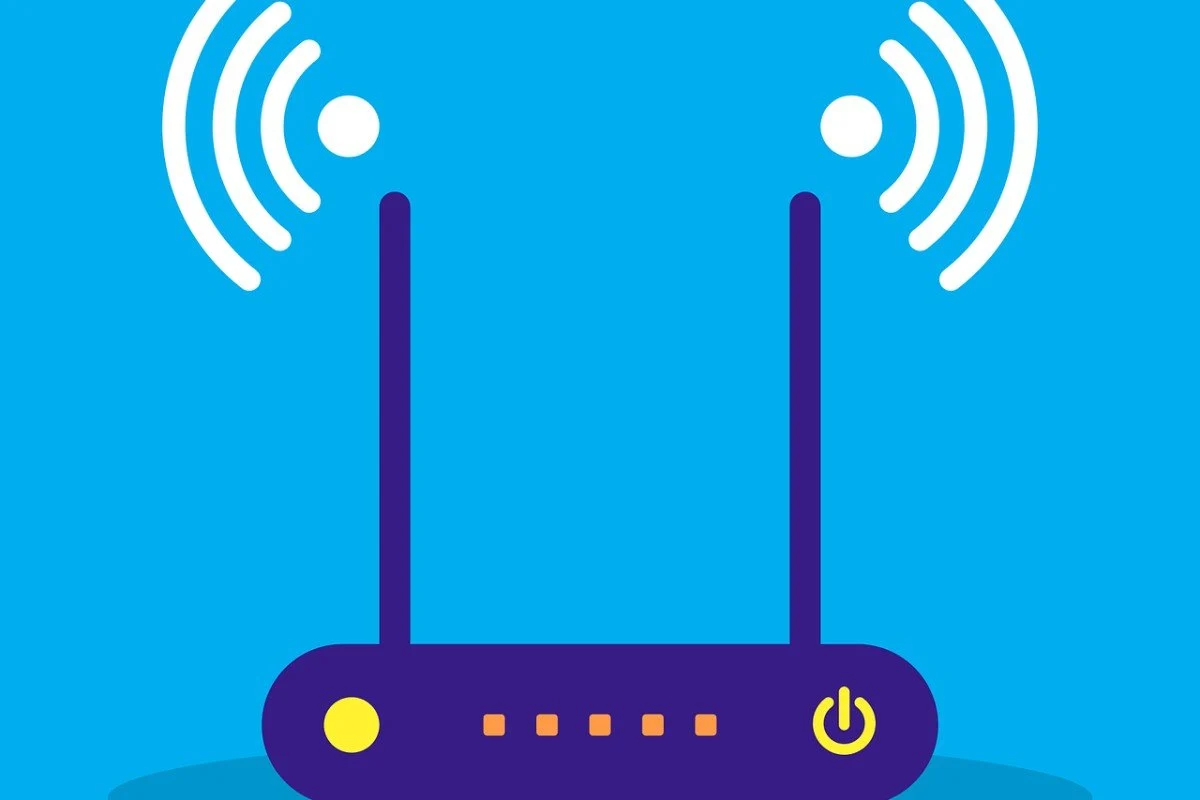In today’s world of technology the need for a reliable and stable WiFi signal is vital for seamless connectivity and productivity. Strategic placement of Wireless Access Points is key to achieving this. It is crucial to position your WAP in a way that maximizes the wireless signal strength and stability. Let’s explore the importance of WAP devices and how to choose the best home access point for optimal wireless connectivity.
The Wap Wireless Access Point is a vital network device that allows wireless-enabled devices to connect to a wired network via WiFi or related standards. It’s a crucial device that helps you extend the coverage of your wireless network, and also eliminate the requirement for massive wires. The WAP transforms the information received from a router by using an Ethernet cable into a radio frequency. The signal is absorbed by WAPs and allows them to connect to the internet.

The impact of WAP Placement
It is crucial to position an WAP in a way to ensure a stable WiFi signal across your entire space. The positioning of the WAP can affect the quality, range and signal strength of the WiFi network. Placing the WAP in an optimal location can help in reducing interference, improving coverage, as well as improving the overall experience for users.
The factors that influence the strength of WAP signal
The signal that WAPs send to your device could be affected by various factors. They include:
The strength of signal refers to the power of the signals transmitted through WAP.
Range: Distance at which WAP can send a strong steady signal.
Interference: Obstacles, or electronic devices that interfere with the WiFi signal.
Find the ideal home access point
It is important to choose the right WAP at home or in the office for the best performance on WiFi. When choosing the right home access point, there are several aspects to consider.
Signal Range and Strength: Look for a WiFi provider that has a strong signal and an wide coverage area. This ensures that the WiFi signal is accessible to your desired areas without any dead spots.
Choose a WAP with technologies which minimize interference. It can be tri-band, dual-band or any other features that let you navigate WiFi channels with high traffic.
Simple Installation and Configuration – Pick an WAP that is easy to configure and install. Installation procedures that are simple and easy to use reduce the amount of time and effort.
Security Features: Prioritize WAPs that have secure security features that are robust, such as encryption protocols as well as security settings. This safeguards your network’s information and assists in securing it.
Scalability: Make sure that the WAP can handle the number of devices you’re planning to connect. Expandable WAPs expand as networks expand, making them a future-proof purchase.
Optimizing WAP placement to get the best performance
Central Location: Install the WAP in an central location to ensure uniform spread of WiFi throughout the space. This eliminates dead zones, while ensuring a constant connection across your property.
Elevation: Place your WAP in a higher position such as on the ceiling or wall. This helps in broadcasting the signal with ease, giving increased coverage while minimizing obstructions.
Avoiding Interference: Keep your WAP clear of gadgets and other materials that can cause interference. These include cordless phones and microwaves, or even metal structures. This ensures a strong WiFi signal.
Professional Assessment: You might consider consulting IT experts who can carry out an extensive assessment of your area. They can help identify optimal areas for WAP placement, in accordance with your needs.
Conclusion
In today’s world of ever-changing technology, having an effective WiFi connection is non-negotiable. Wireless Access Points play an important part in this in extending the range of your network as well as providing a stable WiFi signal. In order to get the most efficient WiFi performance, it’s vital to place your WAP in the most advantageous location, and then choose the most reliable wireless access point for your network.
It is worthwhile to invest time and effort into evaluating the space available and understanding the factors that affect the strength of WAP’s signal and the essential characteristics of WAPs. When you master the art of WAP placement, you can make the most of your WiFi network and enjoy a continuous, seamless connectivity experience.